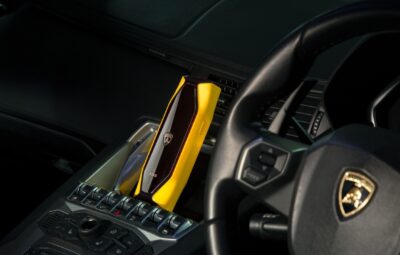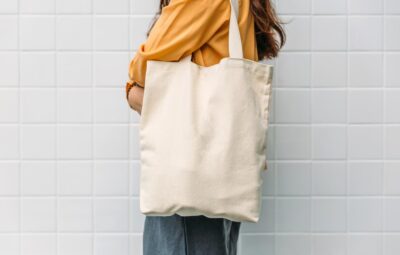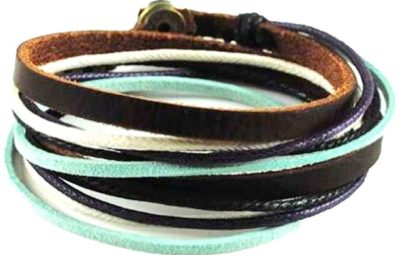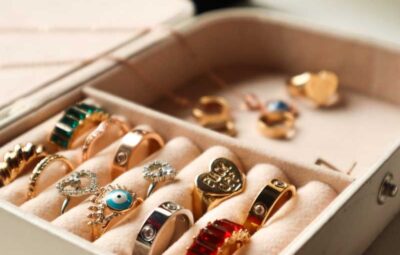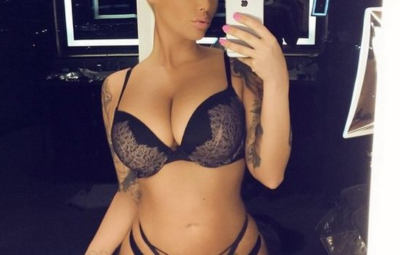Do you love vintage clothing but hate how it looks on you? Do you always end up buying the same baggy or ill-fitting pieces that never suit the rest of your wardrobe?
Then you probably think that vintage clothing just isn’t for you.
But this perception is wrong! The problem lies with your shopping strategy, which can easily be fixed by following a few easy and repeatable tips.
So if you’re ready to buy vintage clothing that looks like it was made for you, keep reading. Below, we’ll give you actionable steps to find vintage pieces that fit both you and your wardrobe perfectly!
Take Stock of Your Wardrobe
The first step in figuring out which vintage clothes to buy is examining what you have in your wardrobe.
Think about which clothing shapes, styles, and colors you tend to wear most. Do you like soft, athletic knits or flowy dresses that cinch at the waist? Or do you feel your best in jeans and a chunky sweater?
This will help you figure out which clothing styles you’re most confident in and which you will wear on a day-to-day basis.
You also want to consider which styles you don’t have in your wardrobe but wish you did. Perhaps you have plenty of denim jackets but want to get a few casual football shirts to wear with them.
If you tend to impulse buy (and end up with a closet full of things you don’t wear), then make a list before you go out shopping. Keep it as specific as possible, down to the color or length of an item.
Know Which Era You’re Drawn To
The next step is knowing which era you’re most interested in. “Vintage” is an umbrella term for anything over 20 years old, so focus your search on the clothing eras you like.
Do you love the glamor of the 1950s, the free-spiritedness of the 1970s, or the punk attitude of the 1980s?
This will help you zero in on pieces that you’re more likely to love and feel confident in.
Another way to think about whether a vintage piece will suit your style is to consider silhouette. Silhouette refers to how a piece of clothing hangs on the body. Think of it as the outline or shape of a garment.
For example, 80s vintage clothing looks very different from 40s vintage clothing.
The classic 80s silhouette is often boxy because many items have shoulder pads. Meanwhile, a 40s silhouette features A-line dresses and skirts that cinch at the natural waist.
Don’t Forget to Look for Flaws
The flaws you’ll find in vintage clothing are different from the flaws in brand-new clothing.
With brand-new clothes, the main flaws include untrimmed threads and loose seams.
But with vintage clothes, you’ll want to look out for stains, rips, missing buttons, fraying fabric, faded colors, and stuck zippers.
Remember that the best vintage clothing isn’t always free from flaws. If a piece is only missing a button and is in good condition otherwise, then it’s still a great buy.
You can always take vintage pieces to the tailor for minor fixes or alterations. These include:
- Cinching a dress in at the waist
- Changing all the buttons on a shirt
- Hemming a skirt
- Adjusting sleeve length
But for damage like stains, it might not be worth it to buy the item. Vintage clothes are more fragile than new ones, and you could cause irreparable damage if you use the wrong cleaner or technique on a stained item.
And if you love a piece with flaws, then ask yourself if you’d still wear the piece despite this.
Try On Everything You Like
Vintage sizes aren’t the same as modern sizes, and they also vary between manufacturers. Sizing also skewed towards the smaller side in the past.
This means that if you’re a size 8 now, you might be a size 10 or 12 in a vintage item.
So if you love an item, ignore the size and try it on anyway.
Choosing the right size is a problem if you’re buying vintage online. The best way to get an accurate size is to take your measurements. Then, you can ask the seller for the measurements of the garment.
You can also bring a tape measure with you when you’re shopping in person. This will help you reduce the number of items you need to try on.
Keep It Wearable
While we’d all love to own a fancy collector’s piece, it’s just not practical for the everyday wardrobe (or budget).
Instead, focus on items that fill in the gaps in your wardrobe and that you’d wear on a weekly or monthly basis.
For example, a denim jacket is a great vintage clothing buy because it’s easy to style and can be dressed up or down.
Similarly, a pretty floral dress is perfect for vintage lovers who want to add a touch of femininity to their style.
Many vintage experts also like to point out that vintage is better if you’re going for a specific fit.
For instance, you can still find military-style clothing at the store nowadays, but brands often slim down the fit to create a more modern style. But when you go for a vintage version of the same item, you’ll get a classic, looser fit.
This tip also helps you create a unique wardrobe that stands out from what everyone else is buying at the mall.
Focus On Fabric
There are two main reasons to be clear on the fabric you’re buying: practicality and style.
Let’s say you’re out shopping and you find a vintage blazer with a striped pattern you love. But when you try on the blazer, the fabric turns out to be itchy and uncomfortable.
So if you’re shopping for your vintage items in-store, be sure to touch each piece and try it on. This way, you can check how comfortable the fabric is and whether it will chafe against your skin.
Another practical consideration is seasonality. If you’re shopping for summer vintage clothes, get breathable fabrics like cotton and linen. No matter how good that shirt looks on the rack, it’s going to stay stuck in your closet if it doesn’t suit the climate where you live.
As for style, consider whether the fabric would go with what you already have in your closet. So if you have mostly denim and leather pieces, a flowy silk item may not work well if you don’t already know what to pair it with.
If you’re not familiar with the different types of fabric, take a look at an online guide. You can also check the tags on your favorite wardrobe pieces. This will help you identify which fabrics you enjoy wearing most.
What to Buy if You’re Starting Out
If you’re just getting into vintage clothing, start small with one or two pieces.
A great way to get started is by finding a few key vintage pieces that work with your current wardrobe.
For example, if you love to wear jeans and t-shirts, look for a vintage denim jacket or a printed tee.
If you prefer dresses, a vintage sundress or evening dress is a good option. And if you’re into suits, buy a vintage blazer or wool coat.
These are all versatile pieces that you can mix and match with what you already own. And as you get more experienced with buying vintage clothes, you can start branching out into other styles and silhouettes.
The Best Places to Buy Vintage Clothing
If you’re wondering where to buy vintage clothing, you have a few options depending on where you live.
If you’re in the city, chances are there will be a decent number of brick-and-mortar vintage shops near you.
These are the best place to buy vintage clothes if you’re looking for something specific. Chances are, the store will have it, but keep in mind that the prices are usually high.
Local thrift stores are great places to buy vintage pieces at much cheaper prices. Since the selection can be hit-or-miss, be sure to go often.
Online vintage stores are the most convenient. They also save a lot of time because you can simply search for an item you want instead of sifting through racks of clothes.
The downside to online vintage stores is that you can’t be sure of the sizing. If the seller hasn’t included the measurements of a garment, be sure to ask before you buy.
You also want to be clear on the store’s online return policies and shipping costs (including any hidden fees).
Ready to Buy Vintage Clothing You’ll Love?
Now that you know how to buy vintage clothing that suits your style, it’s time to get shopping!
Start with a few key pieces and build your collection from there. Vintage clothing can be expensive, so don’t go overboard and buy everything you see.
Instead, take your time and enjoy the process of finding unique pieces that reflect your signature style.
And for even more fashion tips and tricks, be sure to bookmark us and check out the rest of our site!



